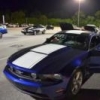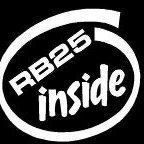Rear Strute Brace Preload?
Announcements
-
Similar Content
-
Latest Posts
-
I'm not necessarily talking about a peak torque, on the first curve the spool arrives a little after 3500. but the torque increases until 6000. I'm only talking about having even more torque after the spool rather than a flat curve
-
I'm really not following....are you saying you want peaky (ie laggy) torque? generally the plan is to get as much as you can, as low as you can so it is usable.
-
Welcome to SAU Beanie, I guess you would be looking forward to driving it again at last
-
By Dose Pipe Sutututu · Posted
Yes, with a modern ECU and a capable tuner.





Recommended Posts
Create an account or sign in to comment
You need to be a member in order to leave a comment
Create an account
Sign up for a new account in our community. It's easy!
Register a new accountSign in
Already have an account? Sign in here.
Sign In Now